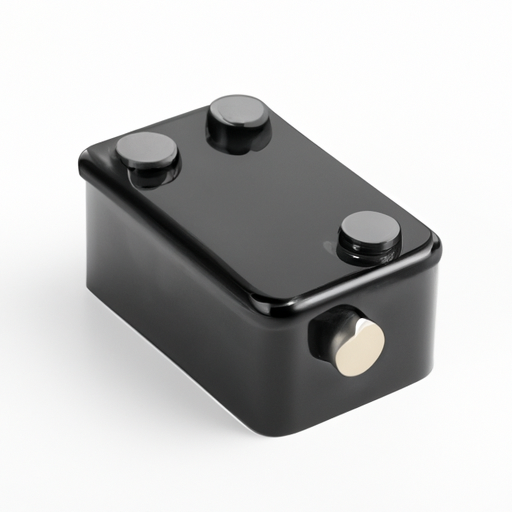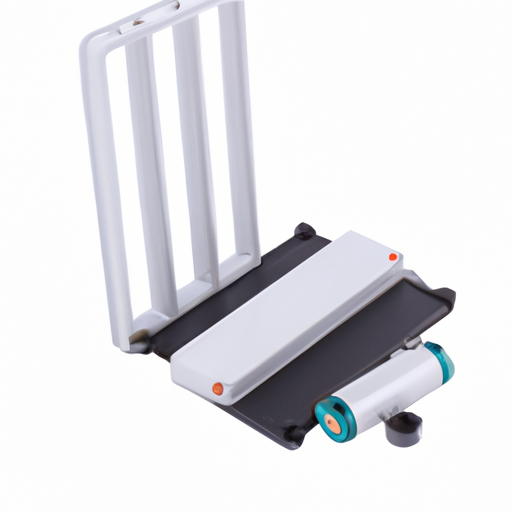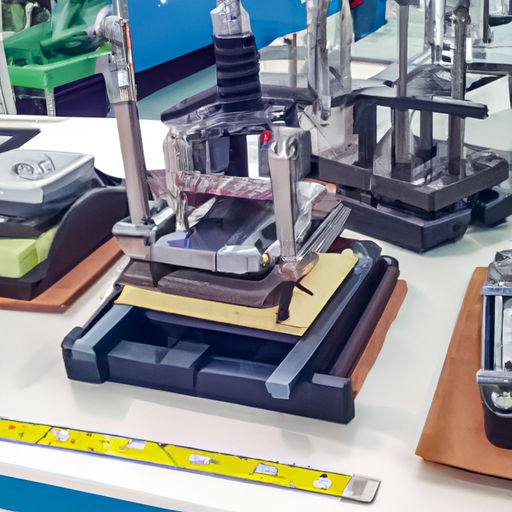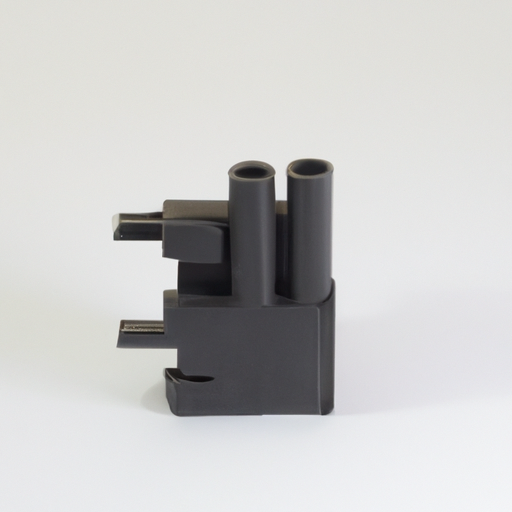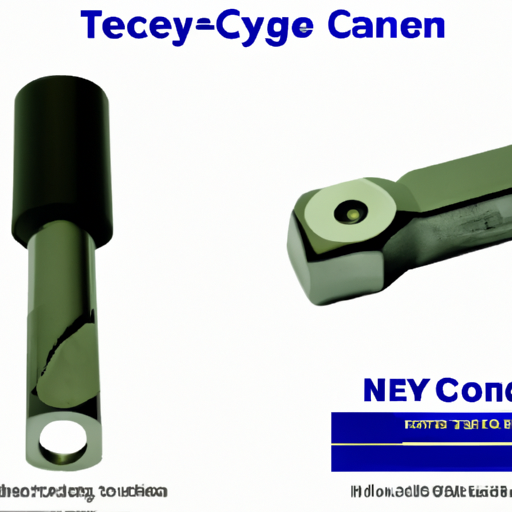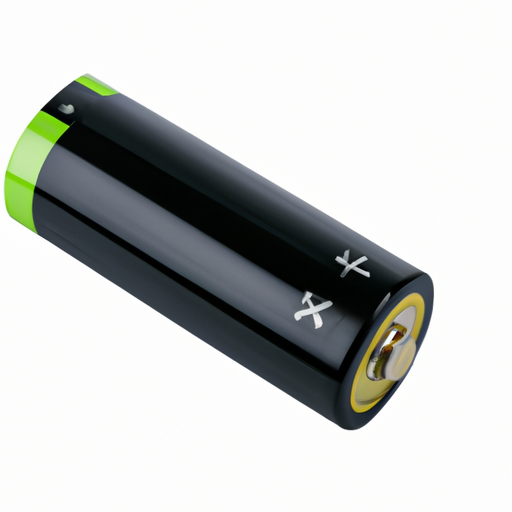What Kind of Product is a Battery Holder?
I. Introduction
In our increasingly electronic world, the importance of reliable power sources cannot be overstated. One essential component that often goes unnoticed is the battery holder. A battery holder is a device designed to securely hold batteries in place, ensuring a stable connection to the electronic devices they power. This article will explore the various types of battery holders, their applications, benefits, and future trends, providing a comprehensive understanding of this often-overlooked product.
II. Understanding Battery Holders
A. What is a Battery Holder?
A battery holder is a component that provides a secure and reliable way to connect batteries to electronic devices. Its primary purpose is to hold batteries in place, ensuring that they maintain a proper electrical connection while also protecting them from damage. Battery holders come in various designs and configurations, tailored to accommodate different battery sizes and types.
B. Common Materials Used in Battery Holders
Battery holders are typically made from a variety of materials, each chosen for its specific properties:
1. **Plastic**: Most common due to its lightweight, cost-effective nature, and resistance to corrosion. Plastic holders are often used in consumer electronics.
2. **Metal**: Provides enhanced durability and conductivity. Metal holders are often found in industrial applications where robustness is essential.
3. **Other Materials**: Some battery holders may incorporate rubber or silicone for added grip and shock absorption, particularly in portable devices.
III. Types of Battery Holders
Battery holders can be categorized based on several criteria, including battery size, configuration, mounting style, and specialty applications.
A. By Battery Size
Battery holders are designed to accommodate various battery sizes, including:
AA, AAA, C, D, 9V, and Coin Cell Holders: Each type is specifically designed to fit the dimensions and electrical characteristics of the respective battery.
B. By Configuration
Battery holders can be configured in different ways:
1. **Single-cell Holders**: Designed to hold one battery, ideal for compact devices.
2. **Multi-cell Holders**: Can hold multiple batteries, often used in devices requiring higher voltage or capacity.
C. By Mounting Style
The mounting style of a battery holder can vary:
1. **PCB (Printed Circuit Board) Mount**: These holders are designed to be soldered directly onto a circuit board, providing a secure connection for electronic devices.
2. **Panel Mount**: These holders are designed to be mounted on the exterior of a device, allowing for easy battery replacement.
3. **Surface Mount**: These holders are designed for surface mounting on PCBs, providing a low-profile solution.
D. Specialty Holders
Some battery holders are designed for specific applications:
1. **Rechargeable Battery Holders**: These holders are designed to accommodate rechargeable batteries, often featuring additional circuitry for charging.
2. **Battery Packs**: These are integrated holders that combine multiple batteries into a single unit, often used in high-capacity applications.
IV. Applications of Battery Holders
Battery holders are utilized in a wide range of applications across various industries.
A. Consumer Electronics
In consumer electronics, battery holders are found in:
Remote Controls: Providing a secure connection for AA or AAA batteries.
Toys: Ensuring that batteries are held securely for safe operation.
Flashlights: Allowing for easy battery replacement in portable lighting devices.
B. Industrial Applications
In industrial settings, battery holders are critical for:
Medical Devices: Ensuring reliable power for life-saving equipment.
Robotics: Providing power to sensors and motors in robotic systems.
Sensors: Allowing for easy battery replacement in various sensing applications.
C. DIY Projects and Hobbyist Use
Battery holders are popular among hobbyists and DIY enthusiasts for:
Arduino Projects: Providing power to microcontrollers and sensors.
Model Building: Ensuring that models have a reliable power source.
Educational Kits: Allowing students to learn about electronics and circuitry.
V. Benefits of Using Battery Holders
Using battery holders offers several advantages:
A. Convenience and Ease of Use
Battery holders make it easy to replace batteries without the need for tools, enhancing user convenience.
B. Protection for Batteries
Battery holders protect batteries from physical damage and prevent short circuits, extending their lifespan.
C. Enhanced Safety Features
Many battery holders come with built-in safety features, such as fuses or circuit breakers, to prevent overheating and other hazards.
D. Improved Organization and Storage
Battery holders help keep batteries organized, making it easier to manage power sources in various applications.
VI. Choosing the Right Battery Holder
When selecting a battery holder, several factors should be considered:
A. Factors to Consider
1. **Battery Type and Size**: Ensure the holder is compatible with the specific battery type you intend to use.
2. **Application Requirements**: Consider the power needs and environmental conditions of your application.
3. **Environmental Conditions**: If the holder will be used in harsh conditions, choose materials that can withstand those environments.
B. Tips for Selecting a Battery Holder
1. **Compatibility with Devices**: Ensure the holder fits well with the device it will be used in.
2. **Quality and Durability**: Look for holders made from high-quality materials to ensure longevity.
3. **Cost Considerations**: Balance quality with budget constraints, as cheaper options may not provide the same level of performance.
VII. Maintenance and Care for Battery Holders
To ensure the longevity and reliability of battery holders, regular maintenance is essential.
A. Regular Inspection and Cleaning
Inspect battery holders regularly for signs of wear or corrosion. Clean them as needed to maintain a good electrical connection.
B. Safe Handling Practices
Handle battery holders with care to avoid damaging the connections or the holder itself.
C. Signs of Wear and When to Replace
If you notice any signs of damage, such as cracks or corrosion, it may be time to replace the battery holder to ensure safe operation.
VIII. Future Trends in Battery Holder Technology
As technology continues to evolve, so do battery holders. Some future trends include:
A. Innovations in Design and Materials
New materials and designs are being developed to enhance the performance and durability of battery holders.
B. Integration with Smart Technology
Battery holders may soon incorporate smart technology, allowing for better monitoring of battery health and performance.
C. Sustainability Considerations
With a growing focus on sustainability, manufacturers are exploring eco-friendly materials and designs for battery holders.
IX. Conclusion
Battery holders play a crucial role in the functionality and reliability of electronic devices. From consumer electronics to industrial applications, their importance cannot be overstated. As technology advances, battery holders will continue to evolve, offering improved performance and sustainability. Whether you are a hobbyist, a professional, or simply someone who relies on battery-powered devices, understanding the significance of battery holders can enhance your experience and ensure the longevity of your devices.
X. References
For further reading on battery holders and their applications, consider exploring the following resources:
- Manufacturer websites for specific battery holder products.
- Electronics textbooks that cover power management and battery technology.
- Online forums and communities for DIY electronics enthusiasts.
By understanding the various aspects of battery holders, you can make informed decisions about their use in your projects and applications.

